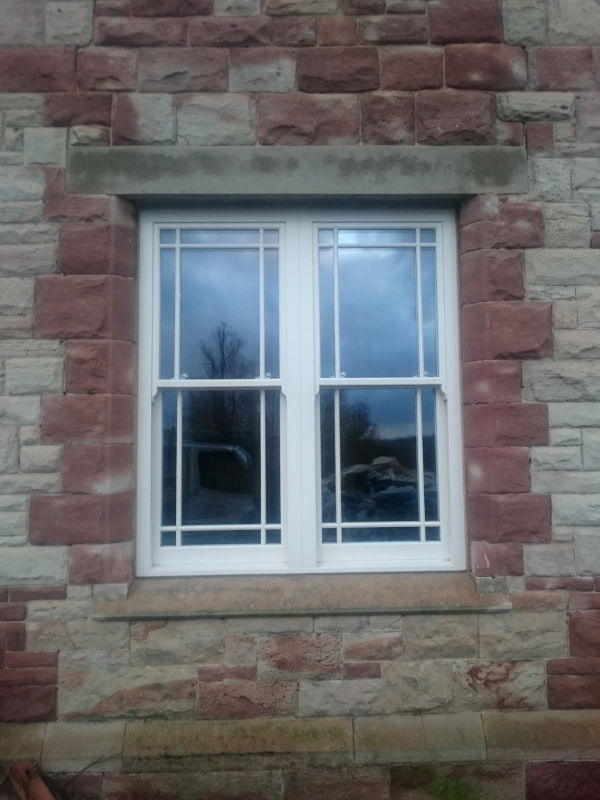An external lintel is used to support the structure above a window or door opening. They are an extremely important part of any building and act as an essential component in creating structural stability.
Do you need a lintel above a window?

The simple answer is yes. A lintel above a window is very important. It helps to support the weight from above the window and redistribute the pressure onto the surrounding walls. Any weight is therefore removed from pressing down on the window frame causing damage to the window and potentially jeopardizing the building’s structural integrity.
Do you need a lintel above an exterior door?
As with lintels above windows, any exterior doors will need a lintel above the door opening. When renovating a property, current building regulations state that all timber framed openings over 600mm wide and all steel framed openings over 900mm wide will require a supportive lintel. The type of lintel required will depend on the type of masonry and the property’s construction.
Types of lintels
In very old properties, timber lintels have often been used. Today, however, timber lintels are rare due to their susceptibility to rot and their level of fire risk. For many years, stone lintels were the most popular option. These were extremely heavy, however, and are only suitable for use in smaller spans.
Today the most popular lintels are concrete lintels and steel lintels.
Concrete lintels
Concrete lintels are usually made from reinforced concrete pillars that have steel rods running through the entire length of the beam. They are often hidden within the structure of the wall and finished with a plaster or render coating.
Steel lintels
Steel lintels are the most common type of lintel used in modern houses. Pressed and galvanized steel lintels provide the greatest levels of strength, flexibility, and ease of installation. They are suitable for use in both brick-built and timber-framed buildings and will easily support weight from above any width of window or door opening.
As you can see, lintels are an essential part of any window or door replacement project. For modern homes, the existing lintel is likely to provide adequate support for your new windows or doors. For older properties, it’s a good idea to check with your installer before you begin any home improvements.
